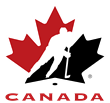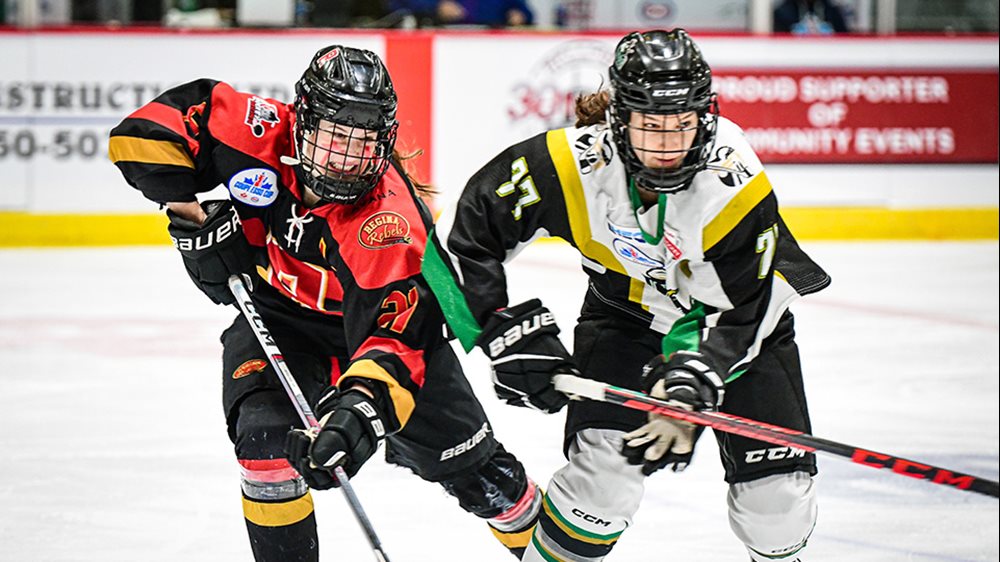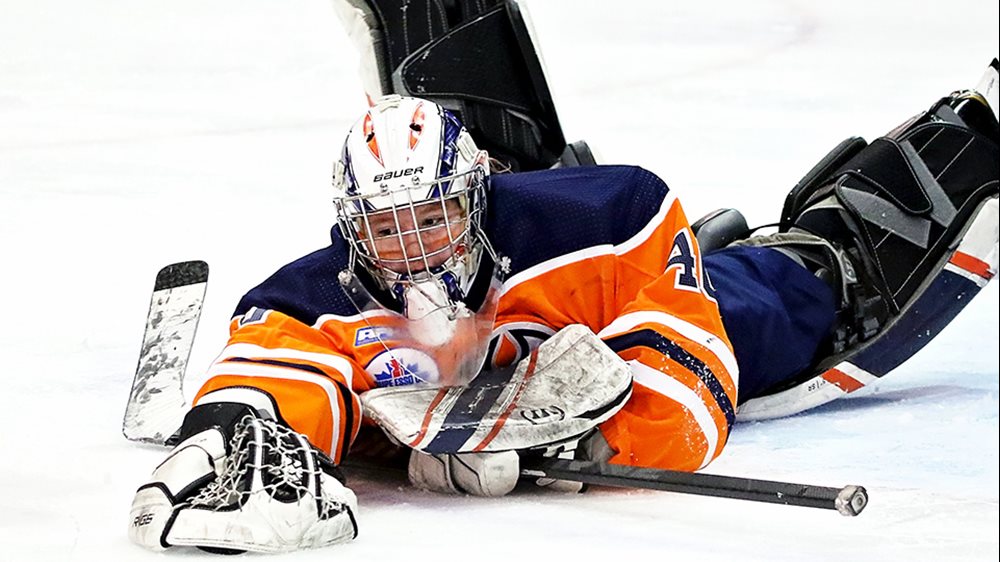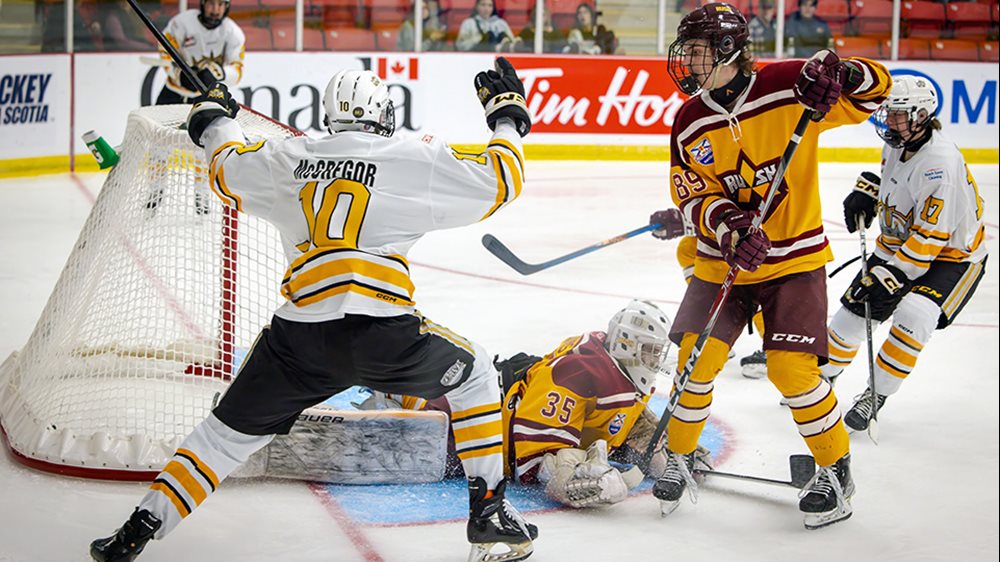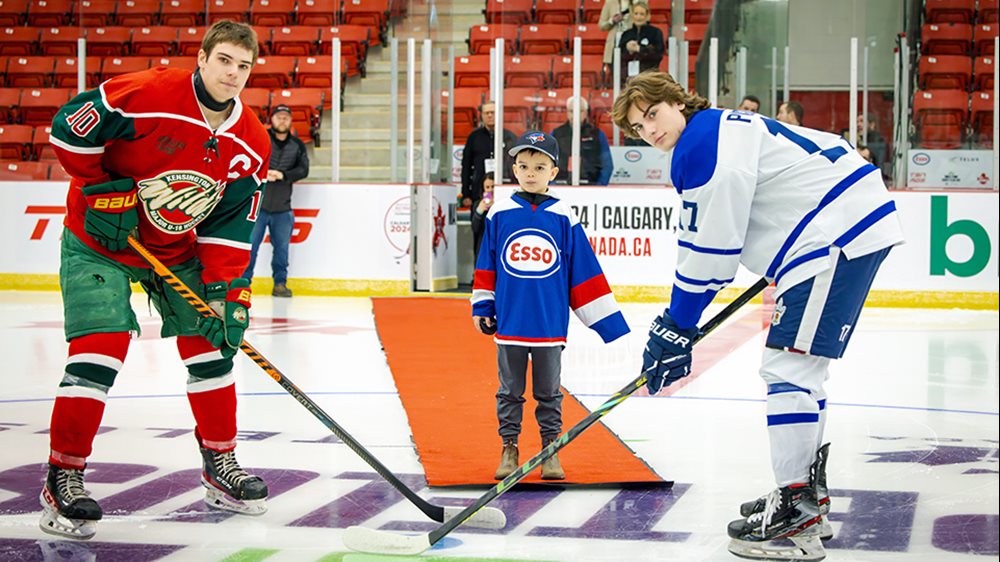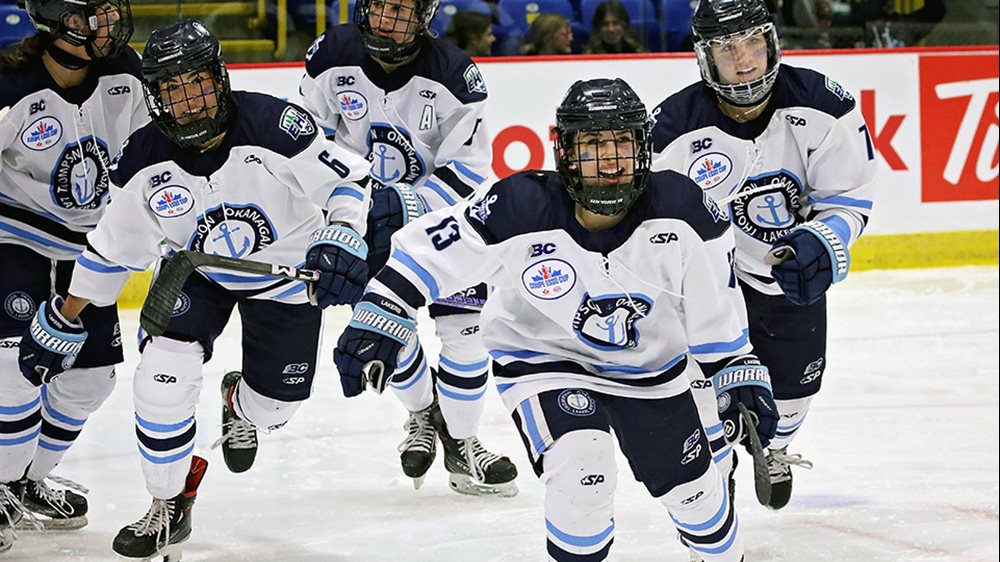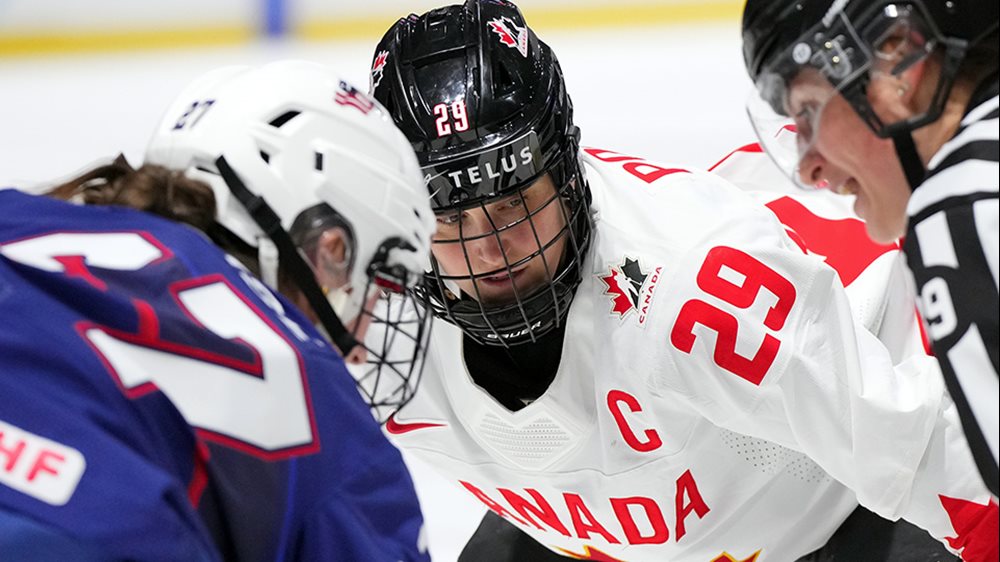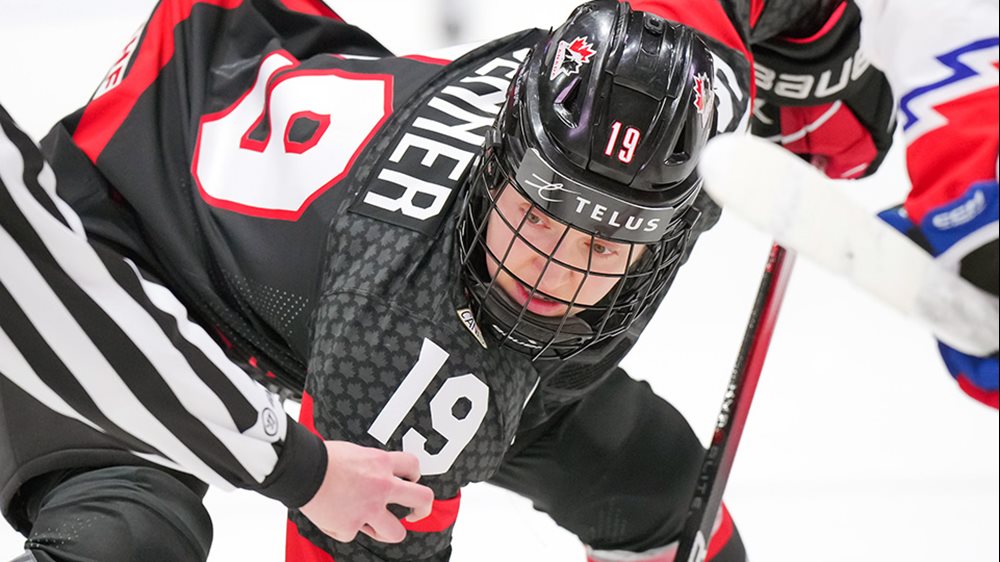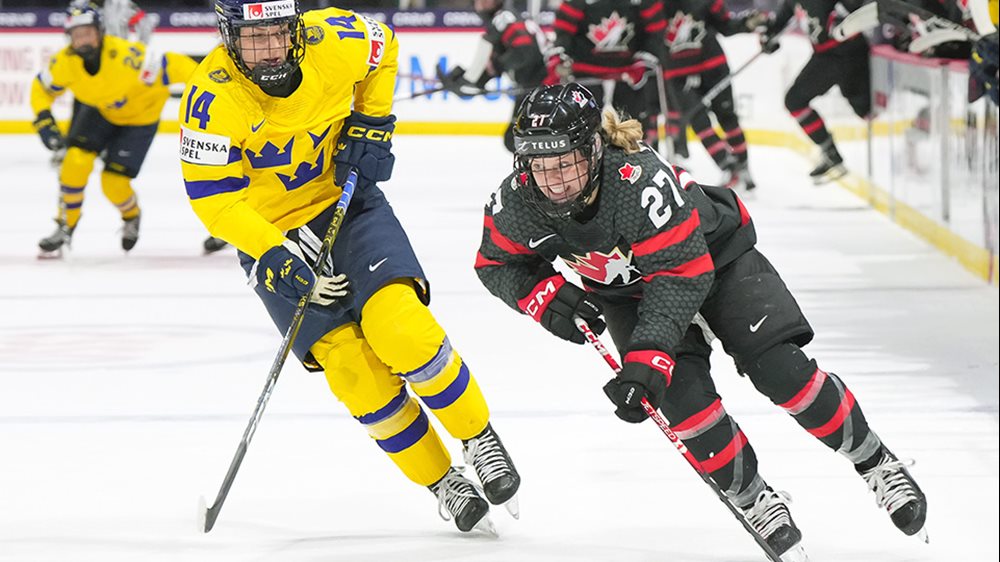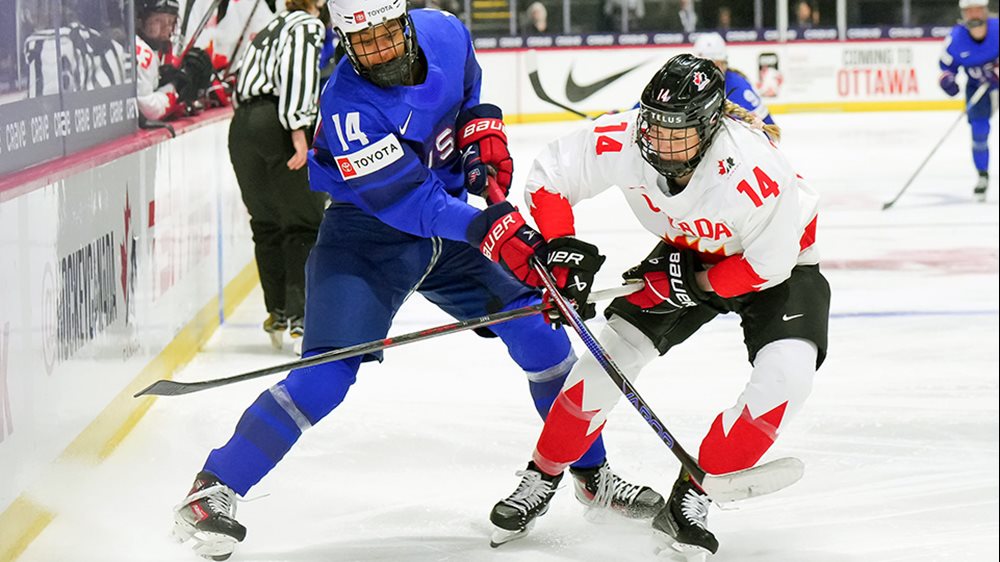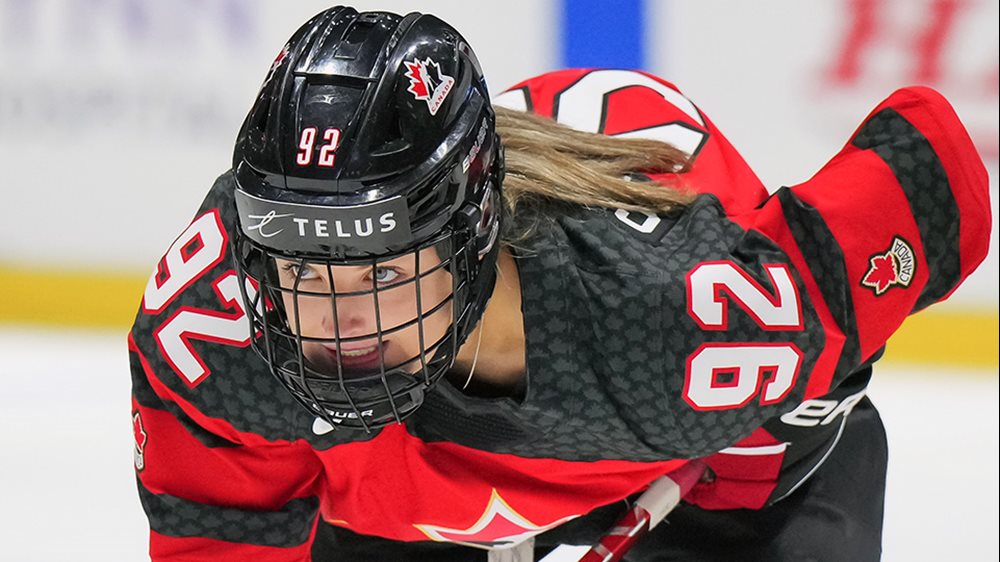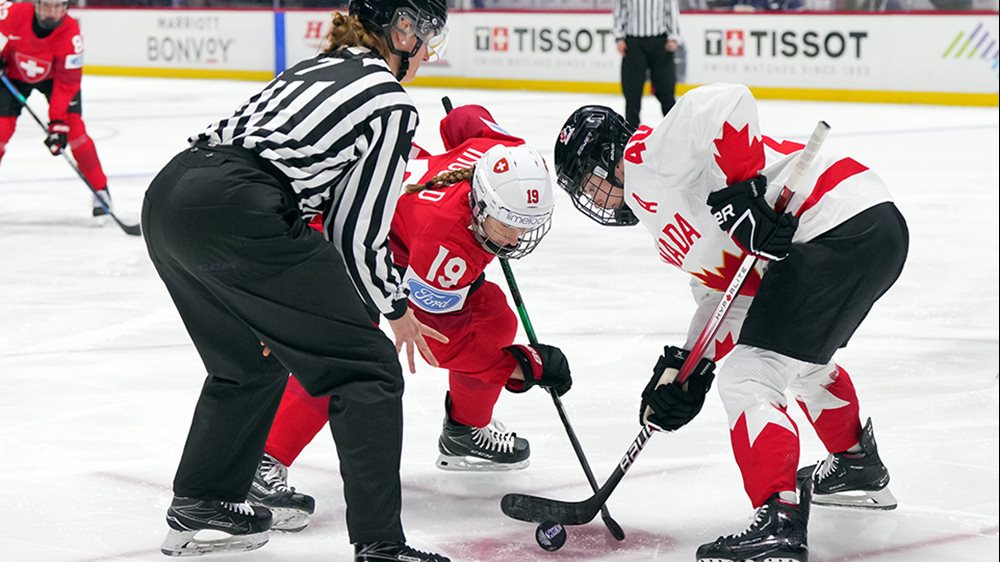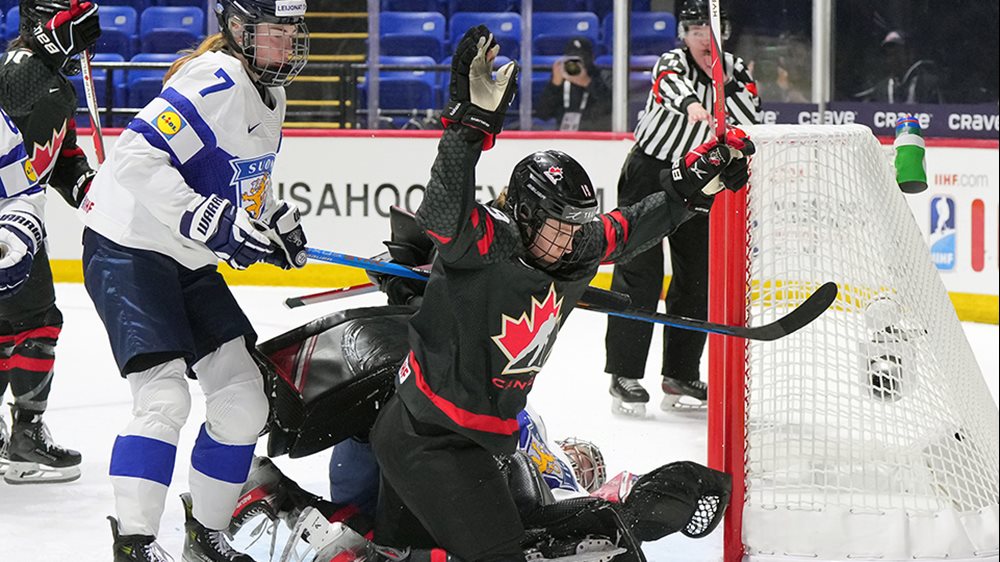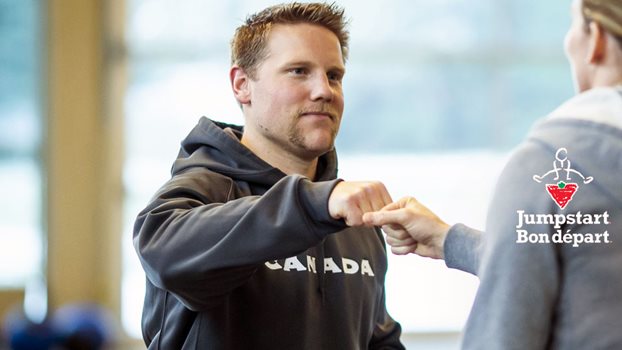
Active with Adam, presented by Jumpstart – Skill Development
Hockey Canada’s lead strength and conditioning coach shares tips and tricks to help players stay active at home and start preparations for next season
While the 2019-20 hockey season was forced to an early end due to the COVID-19 pandemic, there is no reason why the focus cannot begin to shift to next season.
One positive of social distancing is the opportunity for players of all ages and abilities to focus on improving away from the rink.
Off-ice training is just as important for hockey development as being on the ice. It allows for athletes to focus on other ways to enhance their on-ice skills.
Let’s break down the ways to improve at home to make sure players are ready to lace up the skates in the fall.
PART 1: SPEED | PART 2: POWER | PART 3: STRENGTH | PART 4: FLEXIBILITY | PART 5: CONDITIONING | PART 6: NUTRITION
PART 7: SKILL DEVELOPMENT
Two of the best places to incorporate skill work into daily strength training is to add them as elements within your warm-up or during rest breaks.
Find creative ways to include your stick with your warm-up – 3-5 minutes of skill work in the driveway before beginning the dynamic portion is a good way to increase the heart-rate and ramp up the intensity and energy levels!
Another way to get those puck touches during a training session is to turn rest breaks into "active recovery" sessions. The time between exercises or sets can vary from 30 seconds to three minutes, depending on the training plan (shorter rest = more endurance, more rest = strength/power focus). Being active during rest breaks with stick-handling or shooting drills is a easy way to work on both skills and fitness during sessions.
Skill specific training can be done in three simple ways, all of which will enhance overall athleticism and physical literacy.
Daily Training Routine
Skill work can be built into any daily routine by adding skill-specific training as a warm-up or cool-down. As a warm-up, stick-handle a ball or puck using any number of skills for range of motion, quickness or agility. As a cool-down after a run, set up a shooting station with 100 pucks using a variety of skills – wrist shot, backhand, change the shooting angle or quick release.
Alternating Skills Days
It will be beneficial to alternate training days by doing skill-specific work off the ice every second day. Incorporate skill work by creating a series of puck- or ball-handling exercises, followed by a series of hand-eye coordination skills and shooting skills. These can still be done with intensity to get the heart-rate up, and repetition will compliment a full off-ice training program.
Training Circuits
Training circuits can be a fun way of breaking up the monotony of traditional training; create 10-15 stations that allow for a series of skills to be worked on. For example:
Station 1 – Balance Station 2 – Power Station 3 – Puck/Ball Handling Station 4 – Agility Station 5 – Hand-Eye Coordination Station 6 – Upper-Body Strength Station 7 – Shooting (Forehand) Station 8 – Lower-Body Strength Station 9 – Rest/Hydration Station 10 – Coordination (Stick-handling with one hand/tossing a tennis ball with the other) Station 11 – Shooting (Backhand) Station 12 – Sprints Station 13 – Shooting (Quick Release) Station 14 – Core Strength/Yoga Moves Station 15 – Rest/Hydration
Repeat the circuit 2-3 times and change up some of the activities in each circuit.
The main goal is to make workouts fun and adaptable to work on the physical components to meet age-appropriate goals while also working on skill components that will complement off-ice training to be more prepared when it comes time to get back on the ice. Remember, proper warm-ups and cool-downs should also be part of each training session.
For more information: |
- <
- >
